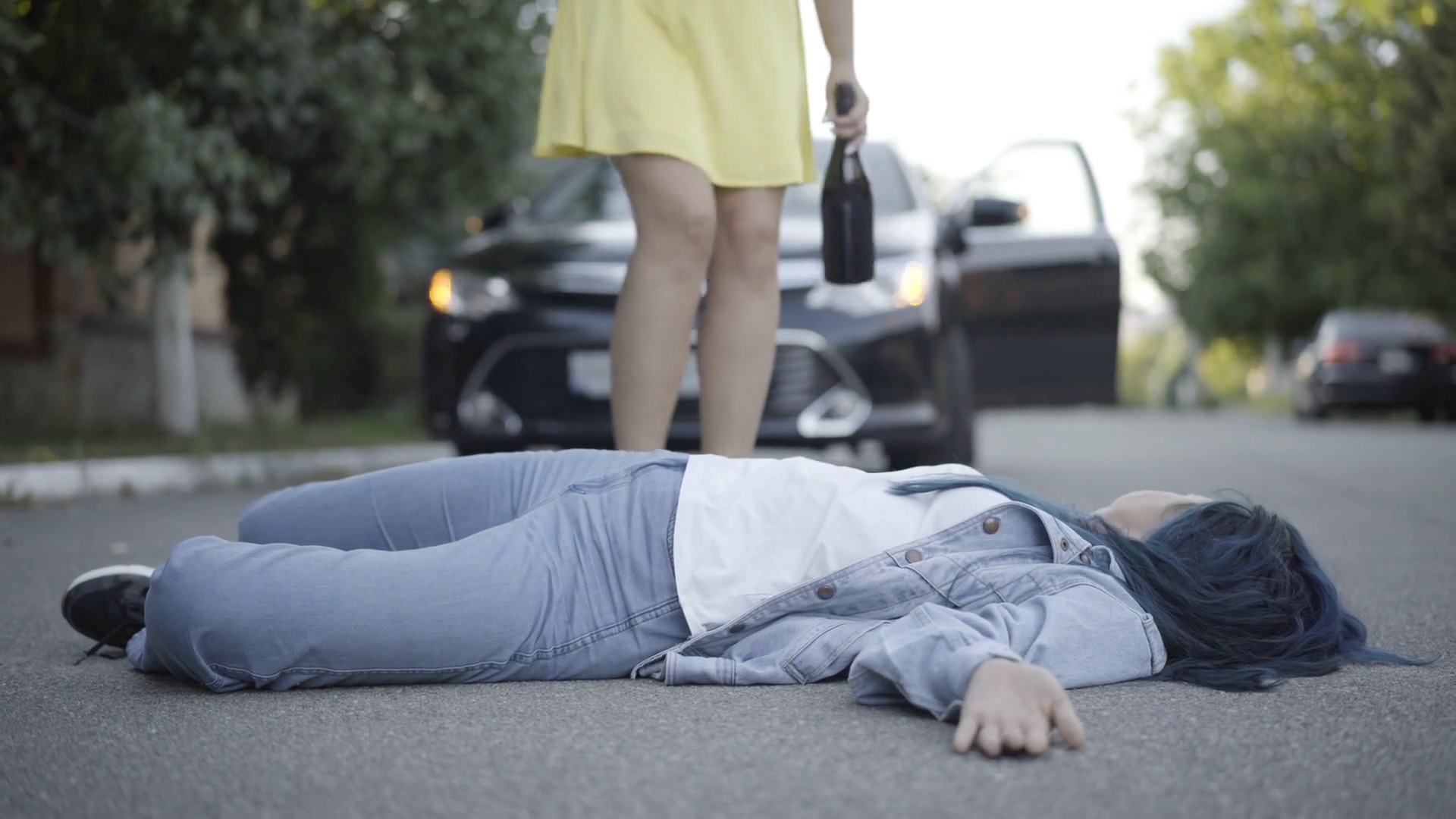Long Beach is undoubtedly one of the most beautiful cities in California.
With a population of 460,000, Long Beach is the 7th most heavily populated city in California. A large population directly implies more traffic on the road, therefore increasing the probability of accidents in the area.
The streets of Long Beach can be potentially deadly for a distracted person. The wider roads and highways are equally, if not more, unsafe for motorists. In 2019, the California Office of Traffic Safety ranked Long Beach fifth in the number of fatalities and injuries caused by traffic accidents compared to other California cities with similar populations.
If you are a citizen of Long Beach, be aware of your area’s worst freeways, highways, intersections, and traffic circles. Of course, you cannot choose not to drive on these roads, but the least you can do is be extra cautious while going in high-risk areas.
Where Are Collisions Happening?
Collisions occur on all our streets, but certain streets have had a higher number of crashes and more severe cases than others. The high-injury corridors and interconnections concentration remain in Downtown and Central Long Beach. Additionally, North and West Long Beach have more high-injury intersections and corridors than East Long Beach.

Don’t miss out – read the full article.
It is worth noting that many streets with a higher driving risk pose an even greater threat to people riding a motorcycle, cycling, or walking. The following section lists Long Beach, California’s most dangerous corridors, intersections, traffic circles, and freeways.
Top 10 high-injury motor vehicle intersections of Long Beach:
- Pacific Coast Highway and 2nd Street
- Anaheim Street and Atlantic Avenue
- Long Beach Boulevard and Anaheim Street
- Willow Street and Pacific Avenue
- Artesia Boulevard and Long Beach Boulevard
- Ximeno Avenue and 7th Street
- South Street and Downey Avenue
- Carson Street and Clark Avenue
- Ocean Boulevard and Pine Avenue
- Pacific Coast Highway and Pine Avenue
Top 10 high-injury motor vehicle corridors in Long Beach:
- Pacific Coast Highway from Terminal Island Freeway ramps to Molino Avenue
- Anaheim Street from Oregon Avenue to Ximeno Avenue
- 7th Street from Orange Avenue to Federation Drive
- Pacific Coast Highway from Studebaker Road to 8th Street
- Redondo Avenue from 3rd Street to Anaheim Street
- Willow Street from Oregon Avenue to Pine Avenue
- Long Beach Boulevard from Spring Street to Wardlow Road
- Bellflower Boulevard from Stearns Street to 27th Street
- Los Coyotes Diagonal from Stearnlee Avenue to Deborah Avenue
- Cherry Avenue from 37th Street to Tehachapi Drive
The lists are based on the severity and deaths caused by accidents in a particular area. However, this is not a static list, and the level of risks on these roads may vary with respect to the actions taken by the local authorities.
The Long Beach Traffic Circle
Ranked as the #1 intersection for accidents in Long Beach, the Long Beach Traffic Circle (LBTC) connects the Pacific Coast Highway, Lakewood Boulevard, and Los Coyotes Diagonal. A 1932 construction, the LBTC can accommodate 6,000 vehicles per hour and is ranked as the highest capacity traffic circle in California, perhaps even the nation. The Long Beach Traffic Circle is also known as the Los Alamitos Traffic Circle.
Although some find that more traffic can get through a signaled intersection and accidents tend to be less catastrophic, opponents of traffic circles denounce them as dangerous, confusing, and pedestrian unfriendly. According to one of the city’s head traffic engineers, this traffic circle is too large because people drive way faster inside the circle than otherwise. Therefore, the roundabout merging of vehicles and vehicle control becomes tricky.
Another significant issue is that there is no lane stripping inside the circle. Therefore, drivers are left to waltz in and out of traffic lines to guide them.
There has been a series of severe car accidents in this area. Some of them are listed below:
- A 25-year-old woman was killed in a car collision when her vehicle collided with a van that went out of the driver’s control as he traveled West on Katella Avenue near Reagan Street. (Source: Patch.com/California)
- An eight-car crash in Los Alamitos left one person and his dog dead and three others injured at Katella Avenue and Los Angeles Boulevard during the early morning hours. (Source: Los Angeles Times)
- One man was killed on the spot, and two others were hospitalized as a result of a crash on North Cypress Way involving an Amazon delivery truck and a Camaro. (Source: Patch.com/California)
Long Beach 710 Freeway
The 710 Freeway, also known as the Long Beach Freeway, experiences heavy big rig traffic. The highway, running 23 miles from Long Beach Alhambra, connects the port of Long Beach to the port of Los Angeles and the railyards in East LA and Vernon. Nearly 16% of the vehicles on the 710 Freeway are 18-wheelers hauling cargo from the ports of Los Angeles and Long Beach. Tractor trailers carrying cargo loads are the most prominent cause of accidents on the Long Beach Freeway.
The initial purpose of constructing the 710 Freeway was not to cater to the heavy volume of cargo trucks it currently experiences. The result is a seriously damaged freeway. Furthermore, the state of disrepair of the Long Beach Freeway makes it much more dangerous for drivers. A few of the car crashes on the Long Beach Freeway are listed below:
- A two-car collision took the life of a 40-year-old man on the northbound lanes of the 710 Freeway near Willow Street at around 6:30 am. (Source: CBS Los Angeles)
- A fiery multi-vehicle crash in the middle lanes of the southbound Long Beach Freeway took the life of one person at approximately 3:02 am. (Source: FOX 11 Los Angeles)
Thousands of car accidents occur daily in the US, and Long Beach, California, is no exception. Car accidents can cause serious injuries to drivers, bystanders, and pedestrians. These physical injuries and financial losses can be life-altering for many people.
Therefore, before going on the road, be cautious of the routes you take because staying safe is always better than being sorry.

